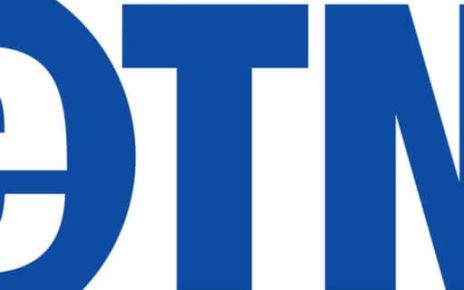One of the hottest small business niches in the 2020s is local tourism.
In cities of all sizes, visitors want to learn about local history, see important sights, and take their time enjoying the locale. Some do so on foot for at least a portion of their exploring, while others prefer to ride in vans, buses, trucks, or cars. Micro businesses and larger entities cater to the millions of vacationers and curious tourists across the nation, month after month.
What’s the most effective way to launch a tour-related startup? Besides making a super detailed business plan, entrepreneurs focus on keeping fleet expenses as low as possible, building their brand identities, investing in advertising, and hiring the best people they can find. Here are the pertinent details about each step of the process.
Make a Two-Year Business Plan
Don’t skip the planning phase. Take time to craft a detailed two-year plan that includes estimated financials, marketing strategies, competition research reports, and everything else that relates to the size and scope of your tourism company. Eventually, you’ll want to approach traditional banks and apply for loans. The first document they’ll ask for is a two-year plan.
If you don’t have it, you’re locked out of the process. So, invest time and effort now. Owners usually discover, to their great amazement, that the plan helps them operate their businesses, anticipate problems, and learn faster than they otherwise would have. Consider hiring a for fee business plan writer. Find one who is experienced in the tourism industry and knows the local market.
Minimize Operating Expenses for the Fleet
Fleet expenses are at the heart of a new company’s financial health. That’s true whether your business uses one or one hundred vehicles. Owners who carry customers around town in automobiles soon discover that gasoline and diesel fuel is the largest component of their monthly operating costs. Plus, fossil fuels create pollution and cause long-term damage to the local air quality.
A smarter alternative is to use electric vehicles (EVs) for your tour fleet. Of course, EV’s are better for the environment, but they also deliver substantial benefits to entrepreneurs who use them for running a tour operation. Electric cars, trucks, buses, and vans are a crucial step toward a fully sustainable transport sector. Cost-conscious owners can immediately cut operating costs by eliminating the need to purchase diesel and gasoline fuels.
Join Trade Associations
It’s easy to get caught up in the day-to-day responsibilities of running a new company. Many who enjoy the chance to find new customers and attend to operations of the tour fleet need to remember to work on the long-term acquisition of customers and to build the company’s brand image. That’s why it’s essential to join the local chamber of commerce and other trade associations within the industry. The local situation dictates much of the effort but be aware of national and international tourism organizations that can help you make industry contacts, learn how to succeed, and get your company’s name before the public.
Invest in Advertising
First-time owners can fall for the temptation to bank early profits. Instead, consider investing the money into advertising and marketing campaigns. The first year of operations is the time to build a solid customer base, so don’t overlook the chance to use excess funds to reach out to potential customers via corporate video production, print ads, internet campaigns, radio spots, and other avenues.
Hire Skilled Drivers and Guides
Drivers and guides are the faces of your company. No matter how dedicated you are to long-term success, customers have direct contact with employees on the ground who operate the vehicles and conduct guided tours. Spend time screening all employees. Do background checks and conduct at least two live interviews. Then, use a trial period, during which time you can evaluate new hires. Never hesitate to step in and offer training for those who need additional help reaching their goals as customer facing workers. Be clear with all employees about how vital it is to make a positive impression on clients.
IMEX Frankfurt May 23-25 is where the global business events community comes together for four exhilarating days every year. Where more than 3,000 meeting planners meet with 2,500-plus suppliers from every corner of the globe. This is where powerful business connections that offer real ROI are made. Whether you’re an events newbie or a pro (or anything in between), IMEX 2023 is exactly where you need to be. REGISTER FREE FOR IMEX NOW




